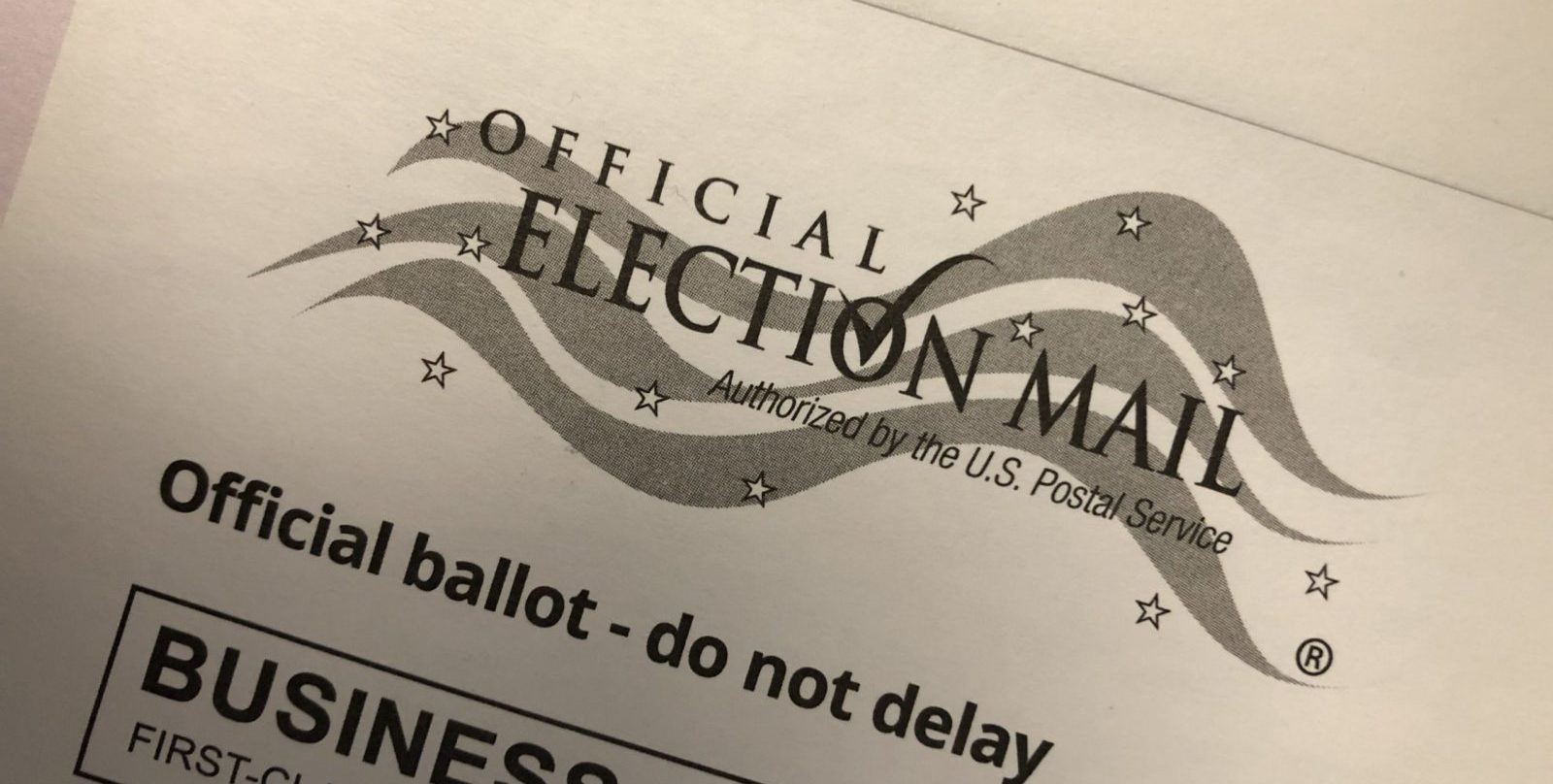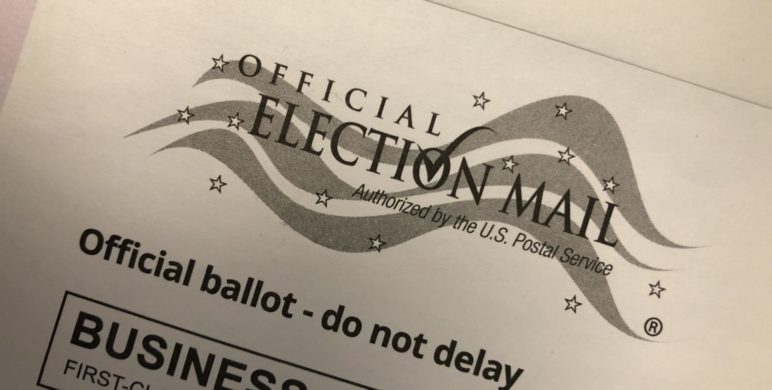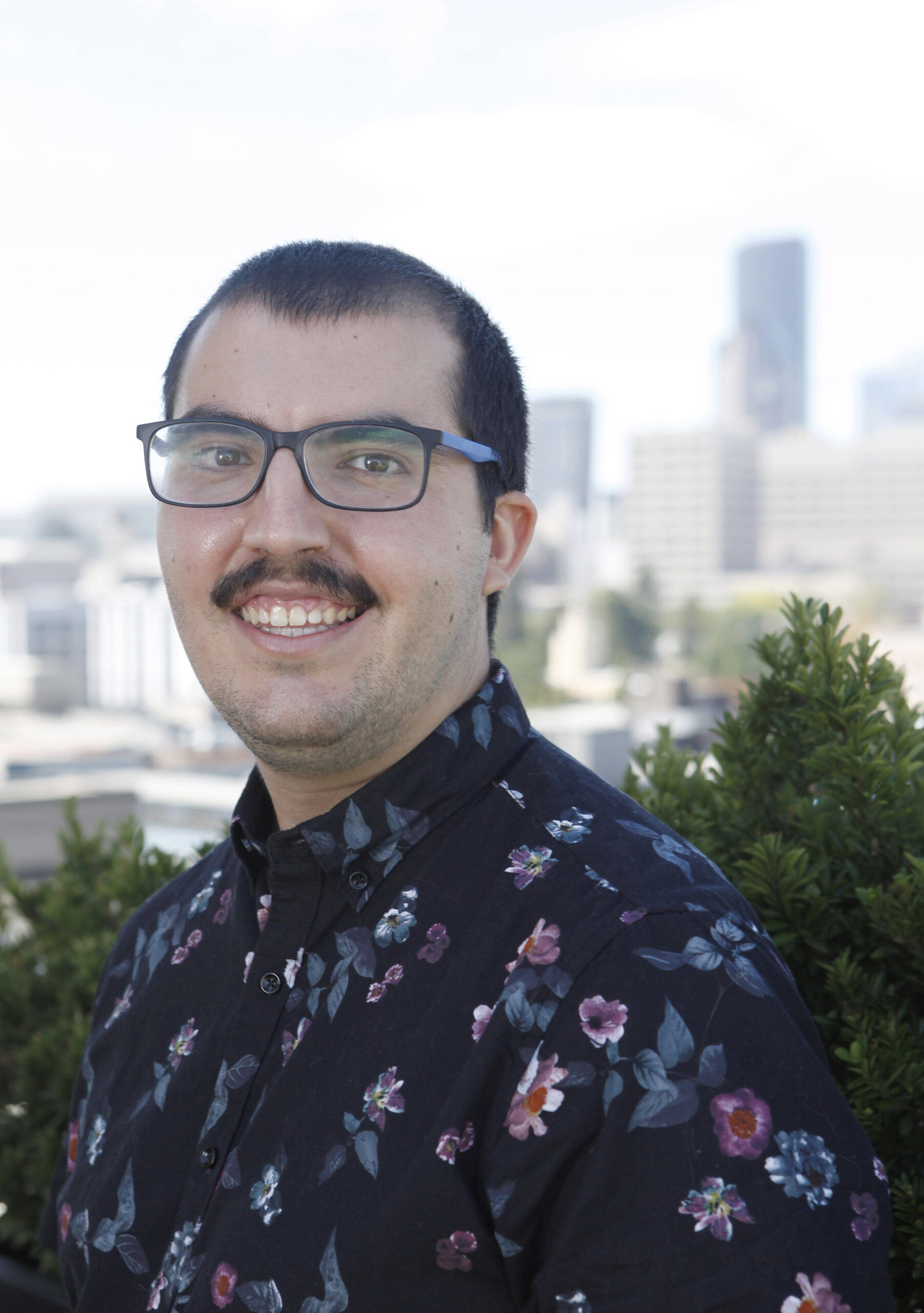Voters across Cascadia will have the chance to decide charter amendments, funding levies, candidate races, and other elections in the November midterms. Dozens of jurisdictions will decide questions about the structure of their government, funding for services, and, yes, medicinal use of psilocybin mushrooms. Here’s a few of the democracy-related questions that Sightline is watching closely, plus ranked choice voting races in Alaska and Oregon.
Ballot measures—our opportunity for direct democracy
How we vote, what we vote for, and who gets to vote are all on the ballot in the midterms. Could this be a year that Cascadia blazes a path for fairer election methods?
Portland’s charter change
Voters in Portland, Oregon, will decide whether to change the city’s government and election systems. Ballot measure 26-228 would amend the city charter (Portland’s constitution) to elect city offices through ranked choice voting, expand City Council to 12 members elected from 4 geographic districts, and give councilors a more defined legislative role by shifting the management of city bureaus to an appointed city manager supervised by the mayor.
You can learn more about this proposed change from our FAQ on the ballot measure, our other research into the effects of these reforms, and educational materials from the City of Portland. Based on our research, Sightline recommends a yes vote on measure 26-228.
Voters in ten other Oregon cities will consider amendments to their charters, including complete rewrites in Coburg and Detroit.
Seattle’s choice on election reform
Voters in Seattle, Washington, will consider two questions:
- Should the city sunset its pick-one ballot style for primary elections?
- 2. Should the potential replacement be approval voting (1A) or ranked choice voting (1B)?
Every voter can weigh in on both questions. Even if you think there should be no change, you can select an option in the second question that would count if the first question passes.
Sightline executive director Alan Durning wrote a series of articles on the potential shortcomings of approval voting for Seattle. Based on our research, Sightline recommends a yes vote on Seattle questions 1 and, for question 2, option 1B.
Ranked choice voting in counties big and small
Across the Northwest, voters in several counties will decide whether to implement ranked choice voting for county elected positions like commissioner, auditor, sheriff, and treasurer. Charter amendments to implement ranked choice voting are on the ballot in Clark County and San Juan County, Washington; and in Multnomah County, Oregon. In all three counties, the proposed amendment is one of several recommended by the county’s charter review commission.
Sightline has researched the effects of ranked choice voting for several years. Based on our research, Sightline recommends a yes vote on Clark County Proposed Charter Amendment No. 10, San Juan County Charter Amendment Proposition No. 3, and Multnomah County Measure 26-232.
Bringing elections to more people
In Washington and Oregon’s biggest counties, voters will consider two different fixes that could increase the number of people weighing in on county elections.
King County, Washington, voters could decide to move their county elections (for offices like county council and assessor) from odd-numbered years to even-numbered years, putting them at the same time as federal races. This minor-sounding change would have a huge impact on voter turnout, potentially doubling the number of voters who weigh in on these important races.
Sightline’s Alan Durning wrote about how this change could bring a larger and more representative group of voters to King County’s elections—or rather, to bring the elections to that larger and more representative set of even-year voters. Based on our research, Sightline recommends a yes vote on King County Charter Amendment No. 1.
Meanwhile, Multnomah County, Oregon, voters are considering a different change. A proposal from the county’s charter review commission would potentially expand voting rights to noncitizen residents, which the Census Bureau last estimated were about 6 percent of all residents nationally. Fifteen jurisdictions across the country allow noncitizens to vote in local elections, as did Oregon for its elections prior to 1914.
Oregon state law is currently hazy about this issue at the local level, and there would likely be a court ruling if voters approve the measure. The Portland Charter Commission is also looking at expanding voting rights to noncitizen residents in its second set of charter amendment recommendations.
Ranked choice voting from north to south
And across Cascadia, voters will use ranked choice voting to elect candidates to federal, state, and local offices—some for the very first time!
Alaskans will elect their state and federal offices1 through ranked choice voting, following the top-four open primary back in August. Alaskans used ranked choice voting in August during a special election in which voters chose Representative Mary Peltola to serve out the remainder of US Representative Don Young’s term. The highest-profile races involve statewide positions: one US Senate seat, the US House seat, and the Governor—Lieutenant Governor ticket.
Far to Alaska’s south, voters in Corvallis, Oregon, will elect their mayor and one city councilor through ranked choice voting. This is the first time that the city will use the system, but many voters are already familiar with it. Corvallis is the county seat of Benton County, which implemented ranked choice voting in 2020 to elect its county commissioners. Voters ranked multiple candidates in that election, though one candidate received over half of first-choice votes for both positions and neither race went to further rounds of counting.
At the state level in Oregon, a three-person race for Governor illustrates a potential future use case for ranked choice voting. Oregon’s statewide races are typically two-way contests between Democrats and Republicans, with third-party candidates collecting single-digit percentages of votes. But the entry of a major independent gubernatorial candidate in 2020 has Oregonians facing a familiar dilemma: Do I vote for the candidate I support the most, even if I think they might lose? Or do I vote for a candidate I think is more “electable” to try to prevent my least favorite candidate from winning? This is the kind of strategic decision that pick-one elections often force voters to make. But ranked-choice voting can help mitigate this by allowing voters to mark second and third choices without hurting their first choice.
And plenty of other questions
These are just a handful of the important races on Cascadian ballots this November 8.
Oregon’s measure 112 would remove a constitutional provision allowing slavery as a criminal punishment, and measure 113 would make legislative walkouts more difficult by preventing state legislators with more than ten unexcused absences from being reelected. Nearly 130 cities and counties across Oregon will consider ballot measures banning psilocybin businesses from operating locally, in response to 2020’s statewide measure 109. (For comparison, there are just over 50 local ballot measures for levies, bonds, and spending of any type, and these funding questions typically outnumber all other ballot measures by about two-to-one.)
Alaskan voters will decide whether to hold a constitutional convention, a question that appears every ten years and that voters have rejected all five times it’s been asked.2 And in Idaho, a proposed constitutional amendment would allow a supermajority of the legislature to call a special session (in addition to the governor, who can already call one).
Across our entire region, voters will decide who they want to hold power, the kind of power elected officials should hold, and how those officials should be chosen. These questions are at the root of downstream policy issues voters hold dear, and they deserve your thoughtful vote. Election Day is Tuesday, November 8, so be sure to return your ballot or vote at your polling place by then.









